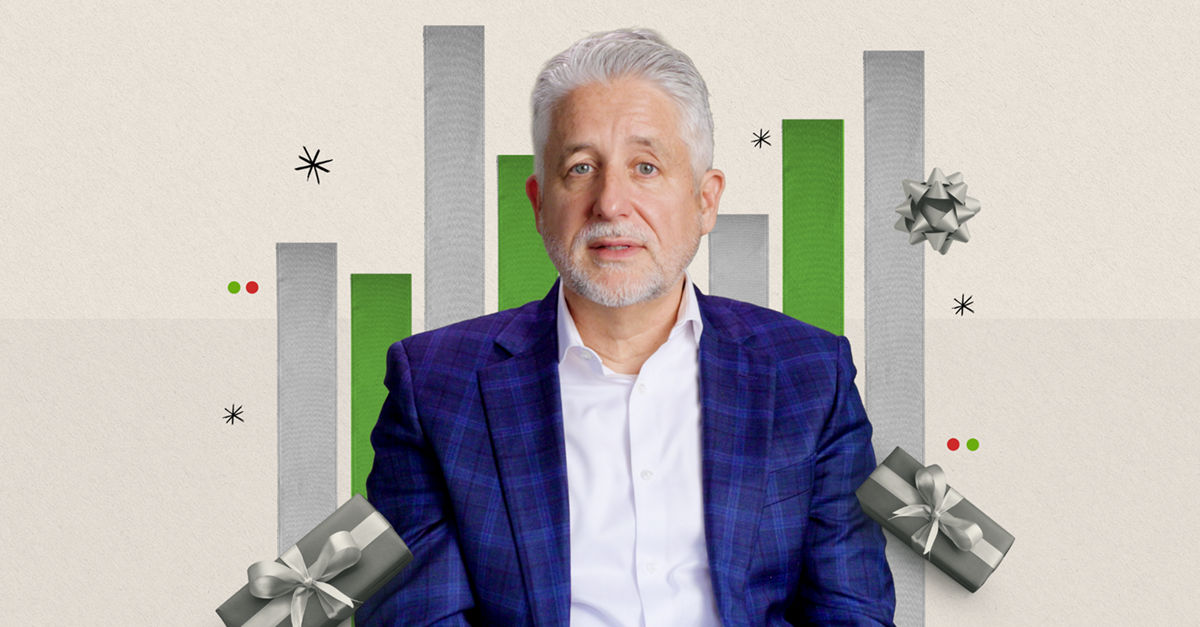- Consumer 150
- Posts
- What Furniture Deals, Analytics Darlings & Ad Apathy Reveal About Today’s Shopper
What Furniture Deals, Analytics Darlings & Ad Apathy Reveal About Today’s Shopper
From $20B furniture megadeals to data obsession and ad fatigue — 2025’s consumers are cautious, connected, and rewriting how brands earn attention.
Good morning, ! This week we’re diving into the U.S furniture M&A market, most popular analytics platforms that track shopper behaviour, British consumers cutting back on eating out and why do consumers ignore ads.
Want to advertise in Consumer 150? Check out our self-serve ad platform, here.
Know someone deep in the consumer space? Pass this along—they’ll appreciate the edge. Share link.
— The Consumer150 Team
DATA DIVE
Private Equity Goes Furniture Shopping

2025 didn’t just bring back bell-bottoms — it also revived U.S. furniture M&A with a vengeance. Nearly $20B was pumped into the sector, but with just ~70 deals, we’re talking fewer, chunkier transactions. The median deal size skyrocketed 8,483% (not a typo), thanks to mega-acquisitions reshaping retail. Blame — or thank — falling interest rates, stabilized consumer spend, and PE firms rediscovering their love for modular chairs and sustainable ottomans. Brands with e-commerce muscle or vertical integration drew the most suitors. It's less about flipping distressed retailers now and more about building category killers in home goods. Consolidation isn’t survival anymore — it’s strategy.
TREND OF THE WEEK
Britain’s Great Pullback

British consumers are slamming the brakes harder than any other G7 nation. Since 2020, household spending per capita is down 3%, while the U.S. is up 12.7%. Instead, they’re stashing cash — the UK savings rate is 10.7%, more than double its pre-pandemic average. KPMG’s latest chart makes it crystal clear: 40% are cutting back on eating out, with takeaway, clothing, and entertainment also in retreat. High interest rates, stubborn inflation, and a bleak economic outlook have flipped the script — consumption is out, caution is in. The British economy isn’t just slowing; it’s quietly being recession-proofed one skipped pint at a time. (More)
PRESENTED BY GAIN.PRO
Who are the biggest private equity investors in the US? See the top 250 shaping the market.
Discover the most influential private equity investors in the United States, ranked by the total enterprise value of their US portfolio companies.
In this report, you’ll find in-depth insights into investment trends, sector shifts, and regional dynamics that define US private equity today. Highlights include:
Where the most active investors rank — with Blackstone, KKR & Apollo leading at $446bn combined
Which sectors dominate — with TMT well ahead, followed by Services and Science & Health
How concentrated the market is — the top 25 firms manage nearly half of total US 250 EV
How US investment is shifting across regions
A differentiated view of market power, scale, and deal momentum
Whether you’re benchmarking peers, exploring potential partners, or tracking the most active players, this report is your essential guide to US private equity today.
Download the full US 250 report and uncover the trends shaping tomorrow’s dealmaking.
ECOMMERCE
Google’s Retail Data Lock-In

When it comes to shopper tracking, Google Analytics still reigns supreme—used by 66% of retailers, per DHL. Marketplace analytics (41%) and social platforms (36%) are closing in, but Google’s hold reflects one thing: brands still crave a single source of truth for shopper behavior. The average consumer’s buying path now zigzags between apps, social feeds, and digital storefronts, making data integration the new retail battleground. While Adobe Analytics (27%) and performance tools (26%) refine attribution, Google remains the analytics backbone. The takeaway: in 2025, data fluency will separate the brands that understand customers from the ones that just count them. (More)
DEAL OF THE WEEK
Kimberly-Clark Swallows Kenvue in $48.7B Megamerger
Kimberly-Clark is acquiring Kenvue—the consumer spin-off of Johnson & Johnson—for $48.7B, creating one of the largest consumer products conglomerates in history. The combined entity will own 10 billion-dollar brands including Huggies, Tylenol, Listerine, and Kleenex, and is expected to generate $32B in annual revenue, reaching half the global population.
The cash-and-stock deal values Kenvue at $21.01 per share, a 46% premium to its post-Trump-autism-claim low. Kenvue stock surged 16% on the news; Kimberly-Clark dropped 13%.
But the timing is loaded. The deal follows political attacks on Tylenol’s safety during pregnancy—claims Kenvue strongly denies—and a fresh lawsuit from Texas AG Ken Paxton. Kenvue's self-care unit sales are also down 5.3% YoY. This is a bet that brand strength and global scale can offset reputational and legal risk.
Why it matters: This is the 4th-largest consumer products deal ever, and a bellwether for the Trump administration’s M&A-friendly environment. For investors, it’s a case study in conviction buying—risk-on in the face of headline risk. (More)
TOGETHER WITH ROKU
CTV ads made easy: Black Friday edition
As with any digital ad campaign, the important thing is to reach streaming audiences who will convert. Roku’s self-service Ads Manager stands ready with powerful segmentation and targeting — plus creative upscaling tools that transform existing assets into CTV-ready video ads. Bonus: we’re gifting you $5K in ad credits when you spend your first $5K on Roku Ads Manager. Just sign up and use code GET5K. Terms apply.
Gift Cards Go Practical

The holiday hangover is real—and so is inflation’s impact on how people use their gift cards. According to CivicScience, 38% of recipients are spending on essentials like gas and groceries, up from 36% last year. Clothing and jewelry climbed to 33%, while experiences fell sharply to 22%—a sign that consumers may already have their fill of concert tickets and spa days. With categories like beauty and toys slipping, 2024’s trend is clear: people are prioritizing useful over indulgent. Gift cards aren’t just thoughtful anymore—they’re functional currency for a tighter economy. (More)
CONSUMER BEHAVIOR
Why Your Ads Are Getting Ignored
Turns out, eyeballs aren’t the holy grail—attention quality is. McKinsey’s latest report decodes the “attention equation”, a fresh lens on measuring consumer engagement beyond just reach and screen time. Platforms like TikTok and YouTube ace this equation by serving content that generates high focus and instant buyability. Meanwhile, mobile games, despite sky-high engagement, remain undermonetized ad wastelands—still plagued by “fake X” close buttons and clickbait creative.
The kicker? 33% of monetization variance is explained by attention quality alone, not demo or device. For brands and platforms, the math is simple: high-focus, high-intent experiences = more ROI. (More)
INTERESTING ARTICLES
"There are no secrets to success. It is the result of preparation, hard work, and learning from failure."
Colin Powell







